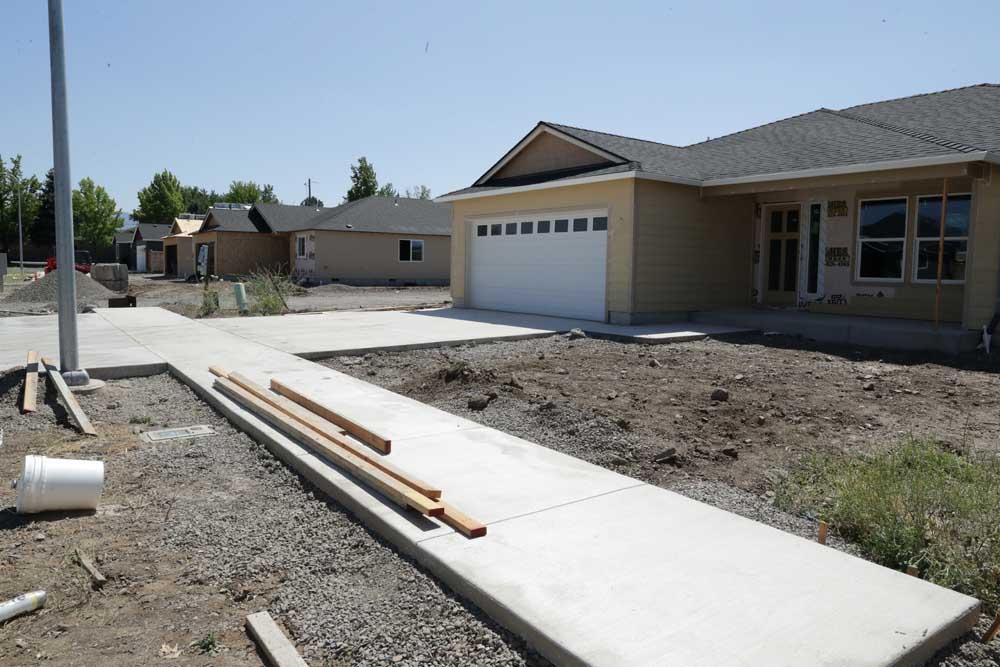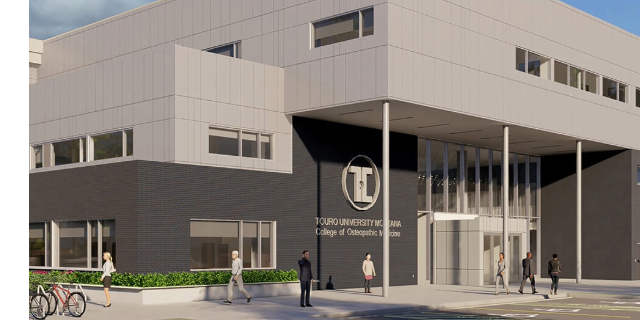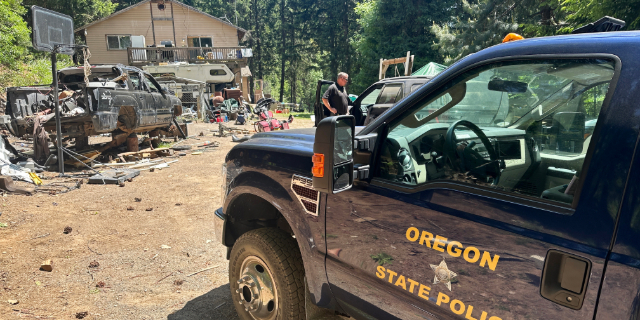Study: Medford needs more than 13,000 new houses over next 20 years
Published 6:00 am Sunday, July 9, 2023

- New homes are being built on Orrin Drive in Medford.
A projected 35% increase in Medford’s population over the next 20 years will require 13,102 new houses, apartments and other dwelling units, a city-initiated study has found.
“This is about 655 units per year that we’re hoping for,” said Carla Paladino, principal planner for Medford.
Medford City Council Thursday night unanimously approved setting planning goals largely based on a study by ECONorthwest that projected population trends and housing needs.
Based on the council’s approval, the city now has a roadmap that will help strategies to attain the housing needs for the next 20 years.
Medford surpassed 90,000 residents in 2022 and is expecting to add 31,125 by 2042, according to the study. Medford’s population grew by 29% since 2000.
“I look forward to having it as a tool moving forward,” Councilor Sarah Spansail said.
To meet the demand, the council Thursday night also approved a housing production plan in response to the expected growth.
Medford surpassed 90,000 residents in 2022 and is expecting to add 31,125 by 2042, according to the study. Medford’s population grew by 29% since 2000.
By 2042, Medford is expected to have 122,242 residents, which far exceeds the current population of Bend, which is just over 100,000.
Medford has more than 3,200 acres of land available for development, which should accommodate the building needs going forward.
According to the ECONorthwest study, the breakdown of the type of dwelling units that will be needed over the next 20 years includes 7,207 single-family homes, 917 townhouse-type homes, 1,703 duplexes, triplexes and quadplexes, and 3,275 apartments.
“The majority of those 13,000 units will be for folks who have less than 80% of the median family income,” Paladino said. “Obviously, we have a need for housing for all income levels.”
The city will have to increase the number of units built annually and will be developing strategies and incentives to attain these goals.
In 2021, 348 units were built in the city, and in 2022 that increased to 434 units.
Brad Bennington, executive officer for the Builders Association of Southern Oregon, told the council the number of units being built now compared to the number of units needed is telling.
“You realize the scale of the deficit we’re dealing with,” he said.
Bennington said the work done by Medford’s planning staff will be important going forward to create more buildable land.
“The cost of housing and the cost of land is all tied together,” he said.
Bennington reminded the council that it took 19 years to add more than 4,000 acres to the city of Medford’s urban growth boundary.
He also pointed out that Gov. Tina Kotek has set a goal of adding 36,000 houses per year throughout the state to keep up with demand.
Other factors that will play into the housing are the changing demographics of Medford.
“Housing has long been unaffordable for many in Medford and the surrounding region and has become harder to afford for many people over the last decade, especially after many homes were lost in the Almeda Fire in September 2020,” according to the ECONorthwest study.
Medford has become more expensive with more families that are “cost burdened,” which means they pay 30% or more of their income a month for rent or housing.
In 2000, 35% of households were cost burdened, but by 2014-18, that number had risen to 43%.
“Cost burden was most common among renters, 57% of whom were cost burdened in 2014-2018, and 32% of whom were severely cost burdened,” according to the study.
House prices in Medford are also less affordable to most residents.
The study also found the population is generally aging, and housing affordability is an issue for Generation Z and Millennials. The Latino community also continues to grow.






